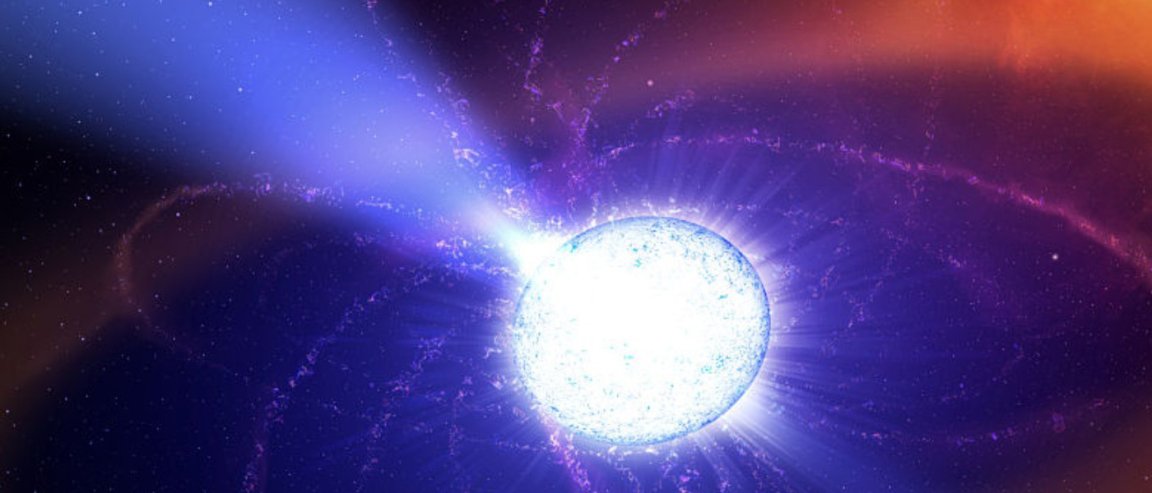
Unexpected Discoveries
Watching stars go nova or supernova is of particular interest to astronomers. Its an understandable interest that any astronomically large explosion would attract. So you may assume that the steps and the stages stars would go through during one would be well documented. Well, not so much.
Polish astronomers working at the Optical Gravitational Lensing Experiment (OGLE) have, for the first time ever, fully documented the stages of a regular nova. That means the astronomers were able to see the complete evolution, the pre- and post-nova stages of a single white dwarf.

What’s amazing was that the astronomers weren’t looking for novas—OGLE is a long-term surveying project that uses microlensing to search for dark matter.
Instead, in 2003, they stumbled on V1213 Cen, or Nova Centauri 2009, a white dwarf star in a cataclysmic variable star system.
Documenting Evolution
These kinds of star systems are composed of a white dwarf and a low-mass star. Its a binary sort of system, with the distance between them no larger than the Earth-Moon distance. This closeness, coupled with the intense gravity of a white dwarf, means that said white dwarf is actively leeching material from the low-mass star into a disk around the dwarf.
V1213 Cen is an example of a slow version of this process, called “mass theft.” Since it is slow, the material becomes unstable and erupts in small “dwarf novas”. These dwarf novas push material, primarily hydrogen, into the surface of the white dwarf.
Thus, the white dwarf becomes larger until it reaches a certain mass, at which point it erupts into a classic nova. After this, there are several centuries of high-rate mass transfer, then a millennia-long hibernation period, until it ultimately awakes to start the cycle all over again.
Observation of V1213 Cen have yielded the first ever pictures of a single such system evolving from pre to post nova, confirming the model astronomers posited.